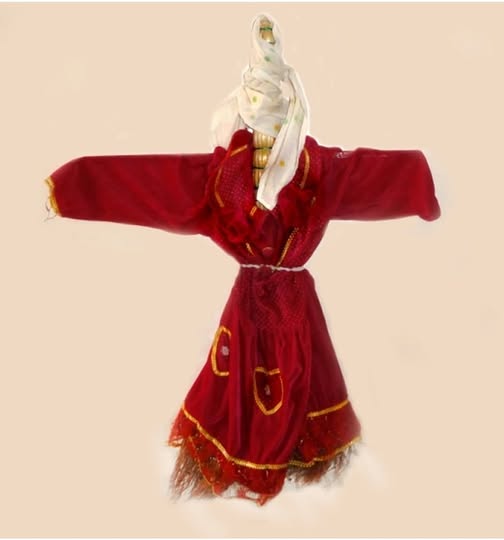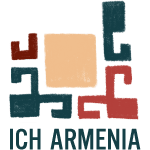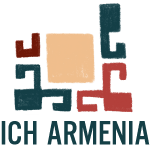
EMMA PETROSYAN
One of the rituals to call for rain in drought consider to make a doll of the Bride of the Rain, lead it around the village (from house to house) with sing, dance and ask for food to feed” it. The nickname Bride of the Rain is possible to interpret as the Bride of the Thunderer.
The ceremony ends with a meal for the participants and the drowning of the doll as a connection with the Bridegroom – the Rain.
This plot is called “Heavenly Wedding in the Indo-European mythology”. The main name of the doll usual is considered Narin/Nurin.
The semantic of the name Narin/Nurin is Indo-European or Nostr. – * ner/* nor and associates with the female mythological creature. The etymology of the name goes back to Nostr. * nara – ‘fire’ or Hitt. Nara (from ancient Greek Nereus) – * narin> nurin – ‘sea nymph’, ‘bride’. Probably, the secret her name is the Goddess of fertility, Mother Earth. Different districts have their own way of making dolls: they dress up a broom for a bride, wrap a ladle, a spoon, tiе sticks or a bundle of straw crosswise, or dress up a girl or an adult․ The objects from which the dolls made, give them the name as a nickname – an obvious name, as is the case in the mythology of many peoples. The nickname of the Chamcha Khatun doll, as the double of ‘ladle, large spoon’ and Khatun ‘Mistress’.
The nickname Soup Doll refers to the object from which the doll is made. The nickname Khurdzkululu is derived from khurdz – ‘sheaf’ and kululu (el) ‘bunch’, that is, ‘bundle’ of straw. Such is the broom. Variants of the names of the doll Kashuk, Gudza, Koti / Godi, Chomcha, Chomcha kelen indicate the identity of the objects from which the doll is made and the names of the ritual porridge, as well as the portion size. This way builts the semantic series of nicknames (codes) of the goddess Narin / Nurin.
According to the chronology of the plots of Indo-European mythology, the forming of the ritual of the Great Goddess relation to water and fire belongs to the third chronological level of the 8th-6thMillenniumB.C.
The geography of the myth indicates that it originates in the Middle East among the early Indo-Europeans, and the Great Goddess took over the functions of the Virgin of Creation, providing fertility and abundance.
http://www.old.ysu.am/files/05E_Petrosyan.pdf


